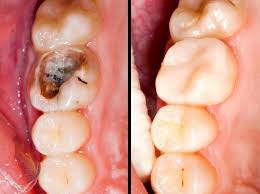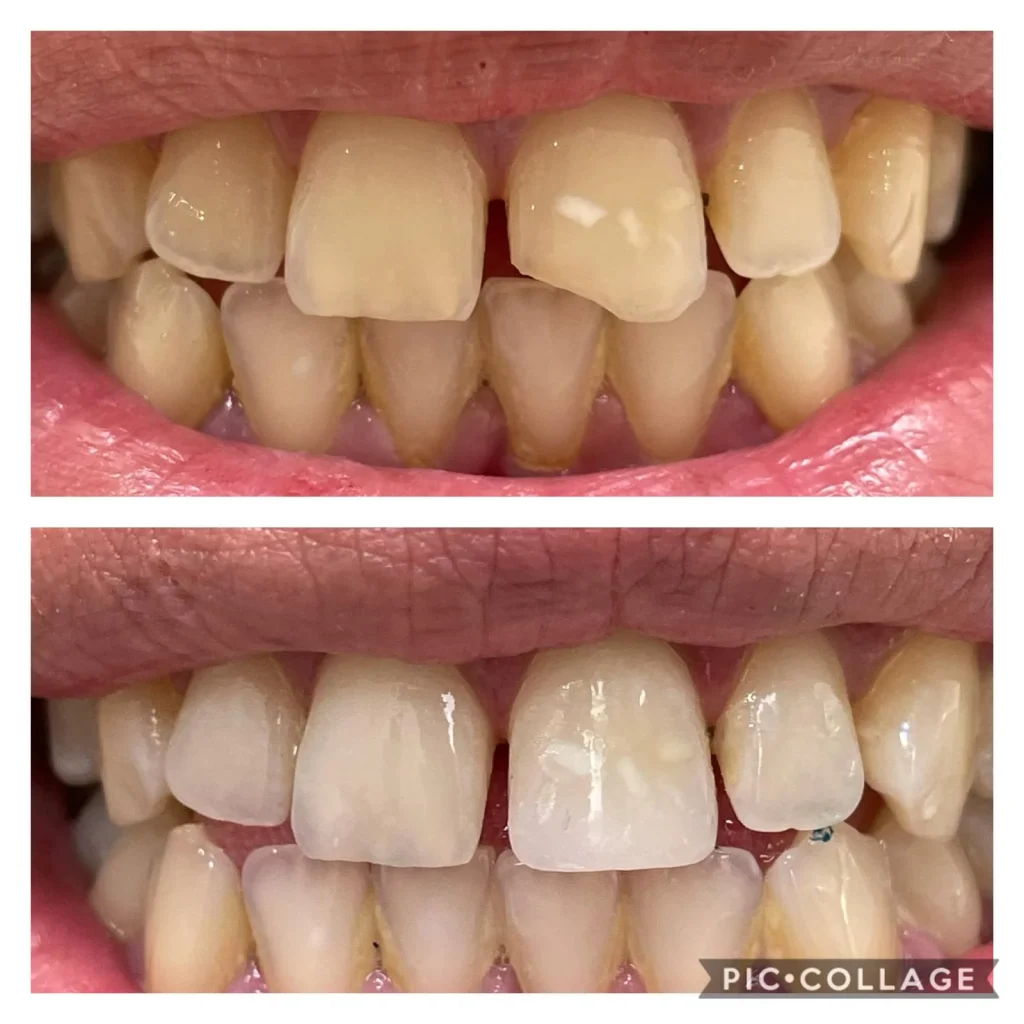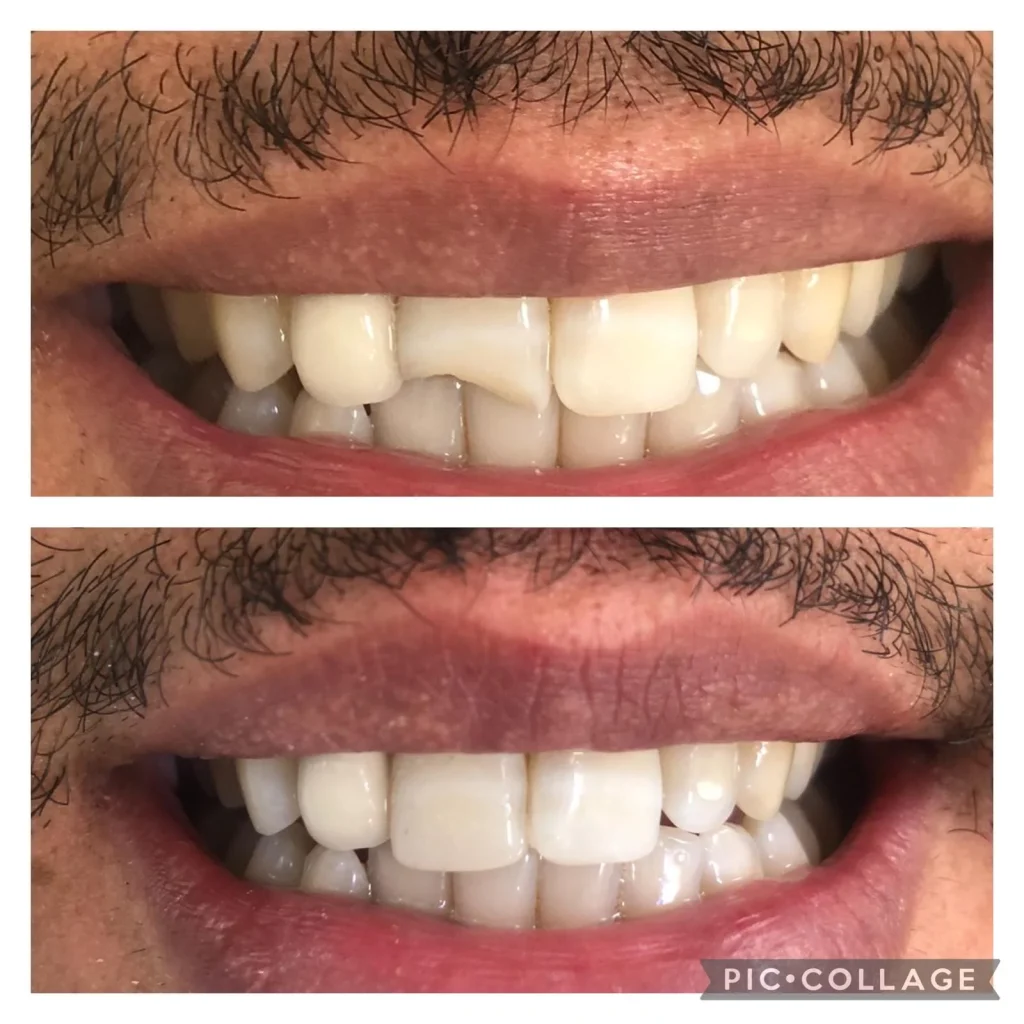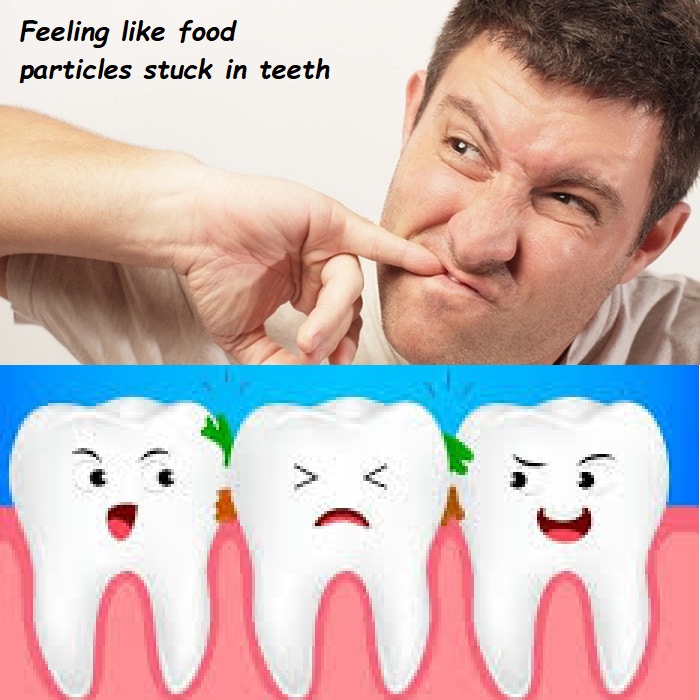pros and cons of dental sealants
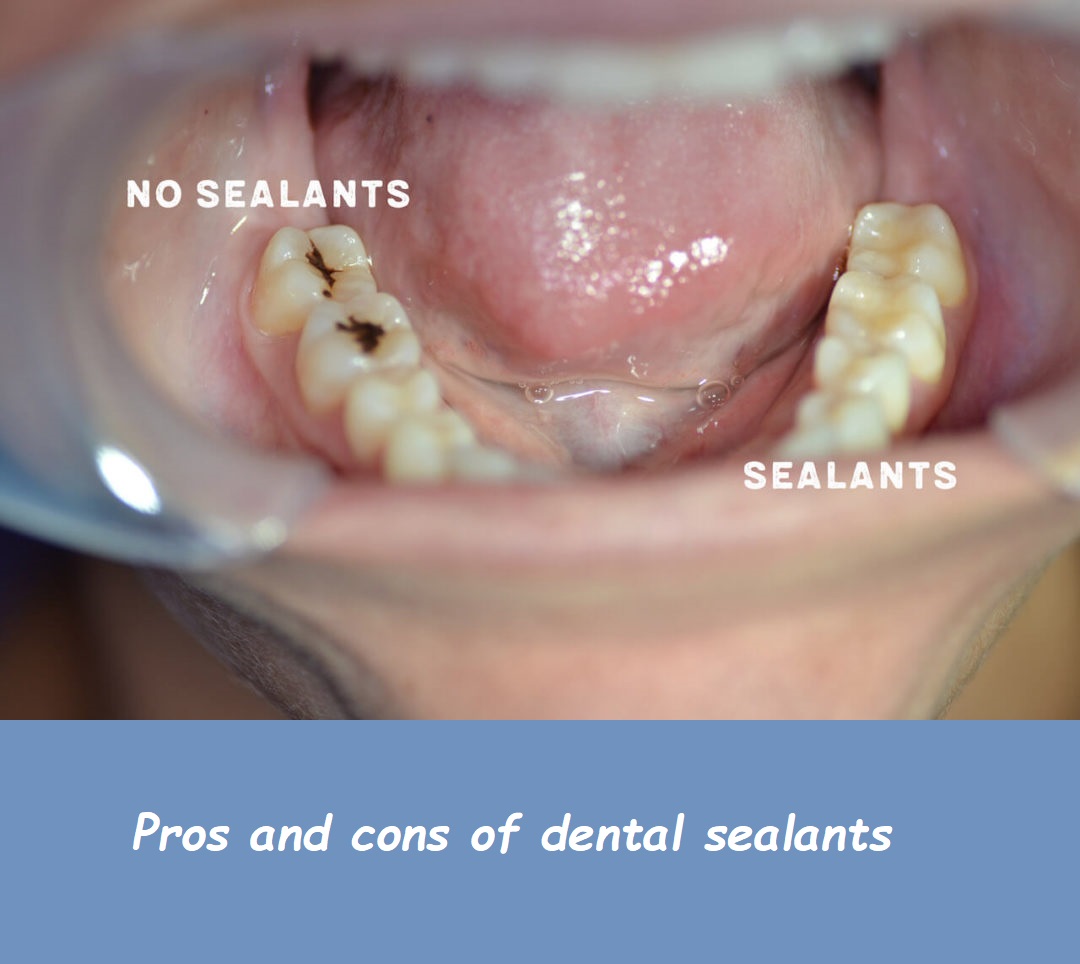
Dental sealants are a preventive treatment designed to protect teeth from decay. They are thin, plastic coatings applied to the chewing surfaces of the back teeth (molars and premolars) where decay occurs most often. This guide explores the benefits and drawbacks of dental sealants, providing a comprehensive understanding to help you make informed decisions about your oral health.
What Are Dental Sealants?
Dental sealants are thin, protective coatings that adhere to the chewing surfaces of teeth. They are typically applied to the molars and premolars, which have grooves and pits that are difficult to clean thoroughly with regular brushing and flossing. These grooves are prone to accumulating food particles and bacteria, leading to cavities.
How Dental Sealants Work
Dental sealants work by creating a smooth, protective barrier over the grooves and pits of the teeth. This barrier prevents food particles and bacteria from getting trapped and causing decay. The application process is quick, painless, and non-invasive, making it an ideal preventive treatment for children and adults alike.
Pros of Dental Sealants
1. Prevents Tooth Decay
The primary benefit of dental sealants is their ability to prevent tooth decay. By sealing the grooves and pits in the molars and premolars, sealants reduce the risk of cavities forming in these vulnerable areas. Studies have shown that sealants can reduce the risk of decay in molars by nearly 80%.
2. Non-Invasive Procedure
Applying dental sealants is a non-invasive procedure that does not require drilling or removing any part of the tooth. The process involves cleaning the tooth, applying an acidic solution to roughen the surface, and then painting the sealant onto the tooth. The sealant is then hardened with a special light.
3. Quick and Painless
The application of dental sealants is quick and painless. The entire process typically takes only a few minutes per tooth. There is no need for anesthesia or extensive dental work, making it a convenient option for patients of all ages.
4. Long-Lasting Protection
Dental sealants provide long-lasting protection against tooth decay. When properly applied and maintained, sealants can last for several years before needing replacement. This long-term protection makes sealants a cost-effective preventive measure.
5. Cost-Effective
Compared to the cost of treating cavities and other dental problems, dental sealants are relatively inexpensive. Many dental insurance plans cover the cost of sealants, especially for children, making it an affordable option for families.
6. Ideal for Children and Adolescents
Dental sealants are particularly beneficial for children and adolescents. Molars and premolars are most susceptible to decay soon after they erupt. Applying sealants to these teeth can provide early protection and reduce the need for fillings and other dental treatments in the future.
Cons of Dental Sealants
1. Not a Substitute for Good Oral Hygiene
While dental sealants are effective in preventing decay, they are not a substitute for good oral hygiene. Regular brushing and flossing are still essential to maintain overall oral health. Sealants only protect the chewing surfaces of the teeth and do not cover the areas between the teeth where decay can also occur.
2. Limited to Certain Teeth
Dental sealants are typically applied only to the molars and premolars, as these teeth have the grooves and pits that are most prone to decay. Other teeth, such as the front teeth, do not benefit from sealants. This limited application means that sealants do not provide comprehensive protection for all teeth.
3. Potential for Sealant Failure
While dental sealants are durable, they can sometimes fail or wear down over time. Factors such as chewing on hard foods, teeth grinding, and poor oral hygiene can cause sealants to chip or wear away. Regular dental check-ups are necessary to ensure that sealants remain intact and effective.
4. Possible Allergic Reactions
In rare cases, some individuals may experience allergic reactions to the materials used in dental sealants. These reactions are uncommon but can include symptoms such as swelling, redness, or itching in the mouth. If you have a known allergy to dental materials, it is essential to discuss this with your dentist before getting sealants.
5. Not Suitable for Teeth with Existing Decay
Dental sealants are most effective when applied to healthy teeth. If a tooth already has decay or fillings, sealants may not be suitable. In such cases, other dental treatments, such as fillings or crowns, may be necessary to address the decay.
6. Need for Reapplication
Over time, dental sealants can wear away and may need to be reapplied. While sealants can last several years, they are not a permanent solution. Regular dental visits are essential to monitor the condition of the sealants and reapply them if necessary.
The Application Process for Dental Sealants
Understanding the application process for dental sealants can help alleviate any concerns and prepare you for the procedure. Here is a step-by-step overview of how dental sealants are applied:
Step 1: Cleaning the Tooth
The dentist or dental hygienist will begin by thoroughly cleaning the tooth to remove any plaque, food particles, and debris. This ensures that the sealant can adhere properly to the tooth surface.
Step 2: Drying the Tooth
Once the tooth is clean, it is dried using a stream of air. Keeping the tooth dry is essential for the sealant to bond effectively.
Step 3: Applying the Acidic Solution
An acidic solution, also known as an etchant, is applied to the chewing surface of the tooth. This solution roughens the tooth’s surface, allowing the sealant to bond more effectively. The etchant is left on the tooth for a few seconds before being rinsed off.
Step 4: Drying the Tooth Again
After rinsing off the etchant, the tooth is dried again to ensure it is completely dry before applying the sealant.
Step 5: Applying the Sealant
The dental sealant is then painted onto the chewing surface of the tooth. The sealant is a liquid that flows into the grooves and pits, creating a protective barrier.
Step 6: Curing the Sealant
A special curing light is used to harden the sealant. This light activates the sealant, causing it to solidify and bond to the tooth surface. The curing process takes only a few seconds.
Step 7: Checking the Sealant
Once the sealant is hardened, the dentist will check to ensure it is properly bonded and that the bite is correct. Any necessary adjustments are made to ensure the sealant does not interfere with normal chewing.
Who Should Consider Dental Sealants?
Dental sealants are beneficial for a wide range of patients, but certain individuals may particularly benefit from this preventive treatment:
Children and Adolescents
Children and adolescents are ideal candidates for dental sealants. The risk of developing cavities is highest during the first few years after the molars and premolars erupt. Applying sealants early can provide crucial protection during these vulnerable years.
Adults with Healthy Teeth
Adults who do not have decay or fillings in their molars and premolars can also benefit from dental sealants. Sealants can provide additional protection against cavities, particularly for those who are at higher risk of decay.
Individuals with Deep Grooves and Pits
Some people naturally have deeper grooves and pits in their teeth, making them more susceptible to decay. Dental sealants can effectively protect these vulnerable areas.
Patients with a History of Cavities
Individuals with a history of cavities may benefit from dental sealants to prevent future decay. Sealants can be an effective preventive measure for those prone to cavities.
Maintenance and Care of Dental Sealants
Proper maintenance and care of dental sealants can extend their lifespan and ensure they remain effective in preventing decay. Here are some tips for maintaining dental sealants:
Practice Good Oral Hygiene
Continue to brush your teeth at least twice a day with fluoride toothpaste and floss daily. Good oral hygiene practices are essential for maintaining overall oral health and preventing decay in areas not covered by sealants.
Avoid Chewing on Hard Objects
Chewing on hard objects, such as ice, pens, or hard candies, can damage dental sealants. Avoid these habits to prevent chipping or wearing down the sealants.
Limit Sugary and Sticky Foods
Sugary and sticky foods can contribute to plaque buildup and decay. Limit your intake of these foods and maintain a balanced diet to support oral health.
Regular Dental Check-Ups
Visit your dentist regularly for check-ups and cleanings. Your dentist can monitor the condition of your sealants and reapply them if necessary. Regular dental visits also allow for early detection and treatment of any dental issues.
Common Misconceptions About Dental Sealants
There are several misconceptions about dental sealants that can lead to confusion. Here are some common myths and the facts that dispel them:
Myth 1: Dental Sealants Are Only for Children
While dental sealants are commonly applied to children and adolescents, adults can also benefit from sealants. Adults with healthy teeth and deep grooves can receive sealants to protect against decay.
Myth 2: Sealants Make Teeth Unnatural Looking
Dental sealants are clear or tooth-colored and blend in with the natural appearance of teeth. They are not noticeable when you smile or speak.
Myth 3: Sealants Eliminate the Need for Brushing and Flossing
Sealants are a preventive measure but do not replace the need for good oral hygiene. Brushing and flossing are still essential for maintaining overall oral health.
Myth 4: Sealants Contain Harmful Chemicals
Dental sealants are made from safe, biocompatible materials. The risk of allergic reactions or exposure to harmful chemicals is extremely low. If you have concerns, discuss them with your dentist.
The Role of Dental Insurance in Covering Sealants
Many dental insurance plans cover the cost of dental sealants, especially for children. Coverage can vary, so it is essential to check with your insurance provider to understand your benefits. Some key points to consider include:
Coverage for Children
Most dental insurance plans cover the cost of sealants for children up to a certain age, typically 18. Sealants are recognized as an effective preventive measure, and insurance companies often cover them to reduce the risk of future dental problems.
Coverage for Adults
Coverage for adults may vary, with some plans offering partial or full coverage for sealants. If you are considering sealants as an adult, check with your insurance provider to see if they are covered.
Out-of-Pocket Costs
If dental sealants are not covered by your insurance, discuss the out-of-pocket costs with your dentist. Many dental practices offer payment plans or financing options to make preventive care more affordable.
Conclusion
Dental sealants are an effective and non-invasive preventive treatment that can significantly reduce the risk of tooth decay. They offer numerous benefits, including preventing cavities, providing long-lasting protection, and being a quick and painless procedure. However, it is essential to maintain good oral hygiene and regular dental check-ups to ensure the effectiveness of sealants and overall oral health.
Understanding the pros and cons of dental sealants can help you make informed decisions about your dental care. Whether you are considering sealants for yourself or your children, discussing your options with your dentist can provide valuable insights and ensure the best outcome for your oral health.




